I love an old-growth Pacific Northwest forest. If given the chance on a non-descript Tuesday I will drive hours from my home in Portland to stroll through a stand of ancient trees. In the last few years, I’ve visited Jedediah Smith Redwoods - a six-hour drive - six times.
This fascination is pretty recent. 2010s Shane would be scratching his head if he knew 2020s Shane was willing to drive hours just to walk among a specific patch of trees. “This is the west coast! There are trees everywhere! Down the street from your house, even! What’s special about those forests? They’ve all got trees, dirt, smaller plants, birds, bugs etc.”
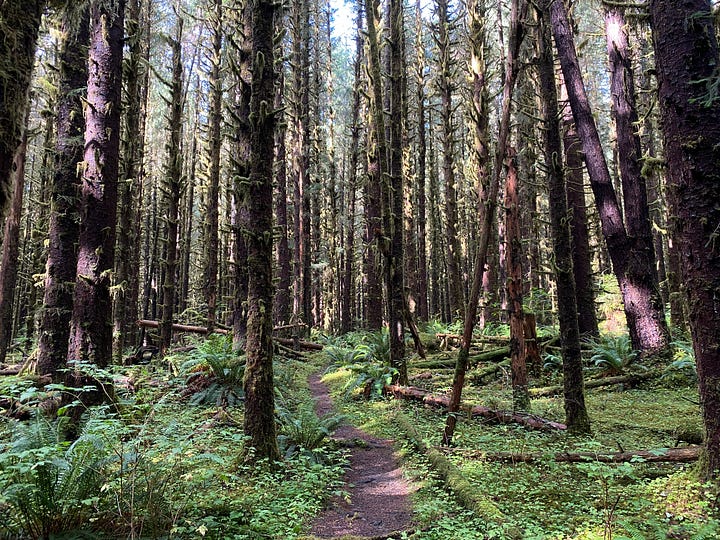
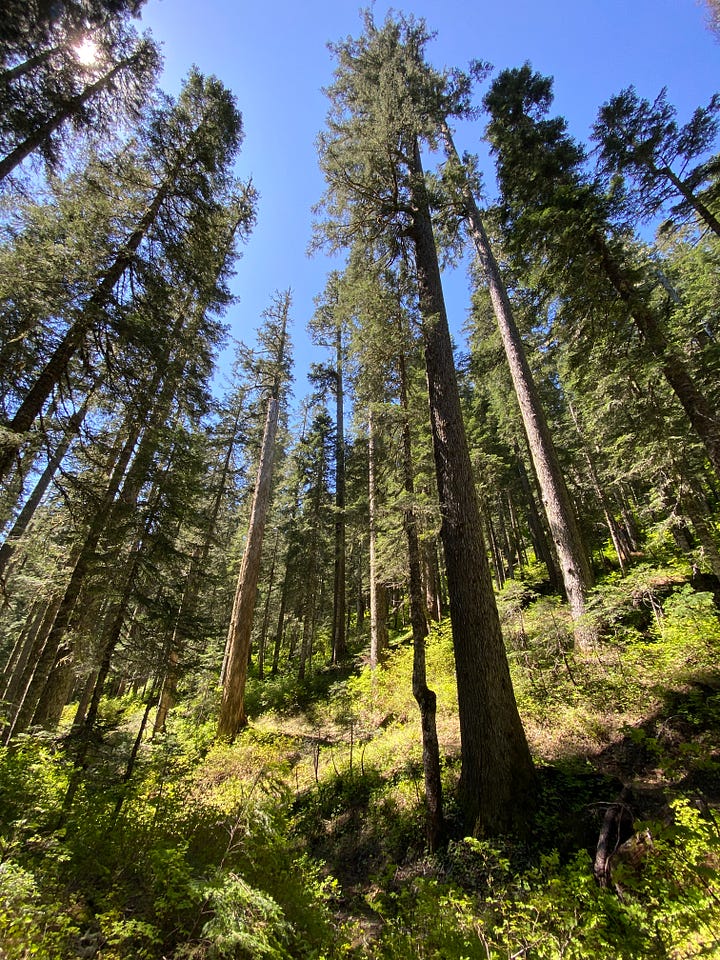
One of the first albums of classical music I bought was Herbert von Karajan and the Berliner Philharmoniker’s traversal of Shostakovich’s Symphony No. 10. The brooding music pumping through my iPod was the perfect soundtrack for that moment in my life—a moody high schooler (redundant) fresh from a dumb breakup riding a chartered school bus over a craggy mountain range to a winter band retreat as dusk fell to dark, the black shapes of mountains appearing, rising, and receding with the rage and terror of the music. I didn’t know anything about the piece (and couldn’t really hear the quiet parts over the din of the bus), but the emotional, physical, and sonic texture of that experience is still vivid to me today.
Hiking was an acquired taste that came with my membership as an early 20-something new to Portland in 2014 - there for grad school. My new school friends graciously introduced me to sweatily walking through nature and I came to enjoy earning vistas by making my legs burn. Every hike was a hustle through steep switchbacks on heavily treed hillsides to get above timberline for a view of the surrounding land. We were skipping the forest and the trees for sweeping views of mountains, rivers, and beaches.
I adopted the same goal-oriented approach to hiking and wouldn’t go on one if there wasn’t a grand view at the end. But on a trip to the Olympic Peninsula, a goal-oriented, tree-related hike conspired to snag (haha, tree joke; there’ll be more) my attention.
This tree was crazy big (19-feet across) and crazy old (born in 200 AD). I’d never seen anything like it - why hadn’t I ever seen such a tree?
For awhile I became obsessed with finding individual gargantuan trees, but the novelty of this (and the bruises I earned bushwhacking to reach them) quickly wore thin. I was still stumped by the relative rarity of the huge trees and environments I usually found them in.
When I would return to the Shostakovich Symphony No. 10, I was drawn to the highlights: the blistering climax in the development of the first movement, the vicious scherzo, the 8-minute gallop at the end.
(the gallop @ 54:47)
The icy, scantily scored atmospheric passages that made islands out of those highlights held little surface-level interest for me.
(some Shostakovich ice @ 40:58)
If I had had a vinyl record of the symphony, there would be sections so worn down the music would no longer be clearly audible and sections that would sound as crisp as the day the record was purchased.
Though the highlights were always exciting, the impact of listening to them in isolation quickly disappeared. I was perplexed that so much of the atmospheric magic of the first few hearings was gone.
Growing up I was vaguely aware that the last 200 years of Pacific Northwest history were tied up with the trees. I knew logging was a part of the culture and economy of my home, but somehow in a region blanketed in towns and neighborhoods with names like Packwood, Mill City, Mill Creek, Mill Lake, Mill A, Greenwood, Sellwood, and Northwood I hadn’t really appreciated its scale and significance. After a bit more research, I realized the scope of transformation that had been wrought on the landscape.
And I came to another realization: I hadn’t (knowingly) hiked through an old-growth forest.
A (relatively) undisturbed forest can be read like a great novel. In the odd way a few 900-year old trees seem to stand in a colonnade, in the black bark of one gnarled sentinel, in the kind of moss fallen to the forest floor, and in the sounds of birds in the canopy is the story of how an ecosystem has evolved across decades, centuries, and millennia to reach the present state: the dynamically balanced forest.
As I learned more about the human history of the pacific northwest, I also learned to read this forest palimpsest - the current version of the forest built atop the remains of a previous version, itself woven through even older iterations. Using clues to reconstruct recent and ancient histories of the forests as I was hiking through them became a kind of puzzle, as enjoyable to slot pieces into as was gaining a new vista at the end of a hike.
I even learned to see meaning in this kind of barren, desolate landscape - not particularly pleasant to hike through when exposed to sun and under 30lbs of gear:
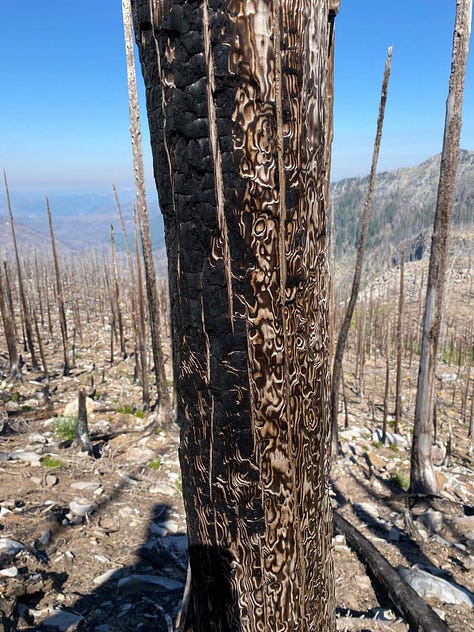
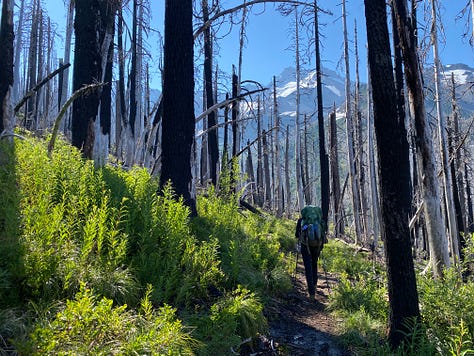

What is shocking and oppressive at first glance has a deeper and essential ecological function for the landscape as a whole: a variety of habitats in a small area creates overall resiliency through diversity of capability and capacity; when a major disturbance strikes in one area, the adjacent area contains the literal and figurative seeds to help the disrupted zone recover; and the disrupted zone provides habitat for species that can’t live in a lush old forest.
Ecological, economic, and social considerations aside - a stroll through a regrown clearcut is like trying to make sense of a book that’s had most of its pages torn out - nonsensical, boring, frustrating. The symbols of “forest” are there - trees, green, the occasional animal. But “forest” as a dynamic and complex process with clear relationship to its surroundings is gone. Removed from its proper context, the meaning of even an individually impressive tree is significantly diminished.
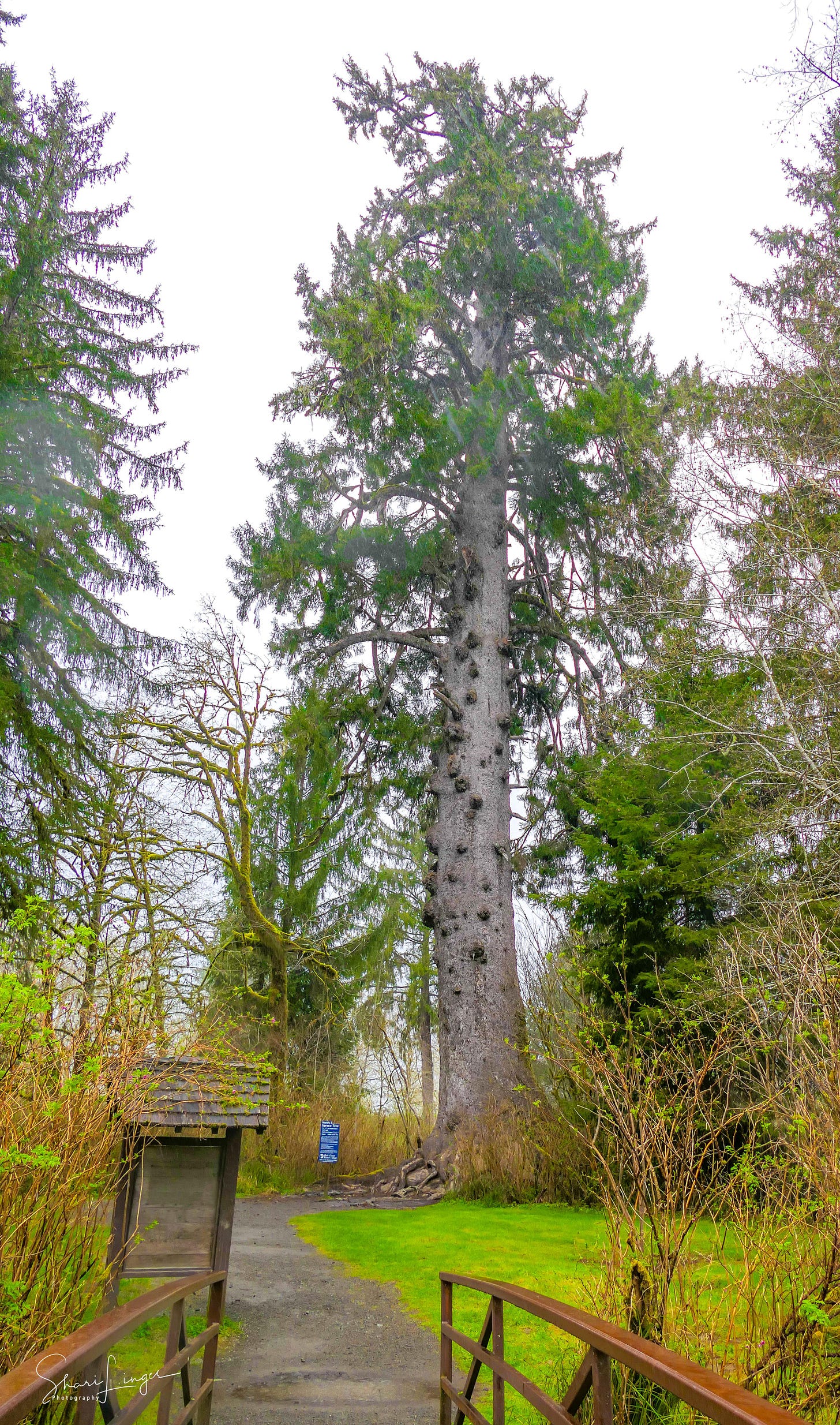
Coming back to the Shostakovich after a few years away allowed me to hear the indispensability of those extended icy passages: the musical plains over which the terrifying climaxes loomed, giving those precipitous points the relief and prominence of a musical Denali or Everest. The relief between the plains and the peak produced the thrilling effect that is missing if you just drop the needle halfway up the musical slope.
Yes it is a major “duh” that cookies are sweeter with a sprinkle of salt on top and a hug warmer after time apart. But it’s still so simple to go straight for the sweets, not realizing that what makes them enjoyable is their relative novelty, their contrast. (don’t skimp on the hugs, though!)
For lack of writerly virtuosity, I’ll just drive this one home with a hammer: musical iciness, a burned-over forest, a hard stretch of life may actually be setting things up for a sweeter contrast, a renewed landscape, a sense of self-efficacy and gratitude. It is part of a process of being and becoming, not to be wished away or cut short; remember: this too shall pass. Life/music/the world is worthy because of its grittiness, variety, and finite nature; because of the desire, the not-having, the anticipation, and the fulfillment (or not). Without the rain and chill, being warm and dry stops being something you notice or appreciate.
All this isn’t a provocation to gratefulness or complacency; it is a celebration of the necessary contrast that makes life and music rich and its peaks, plains, and valleys meaningful.














